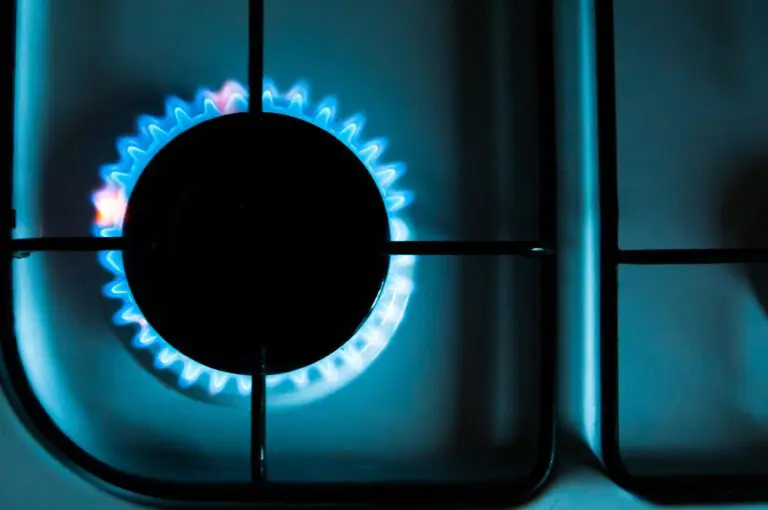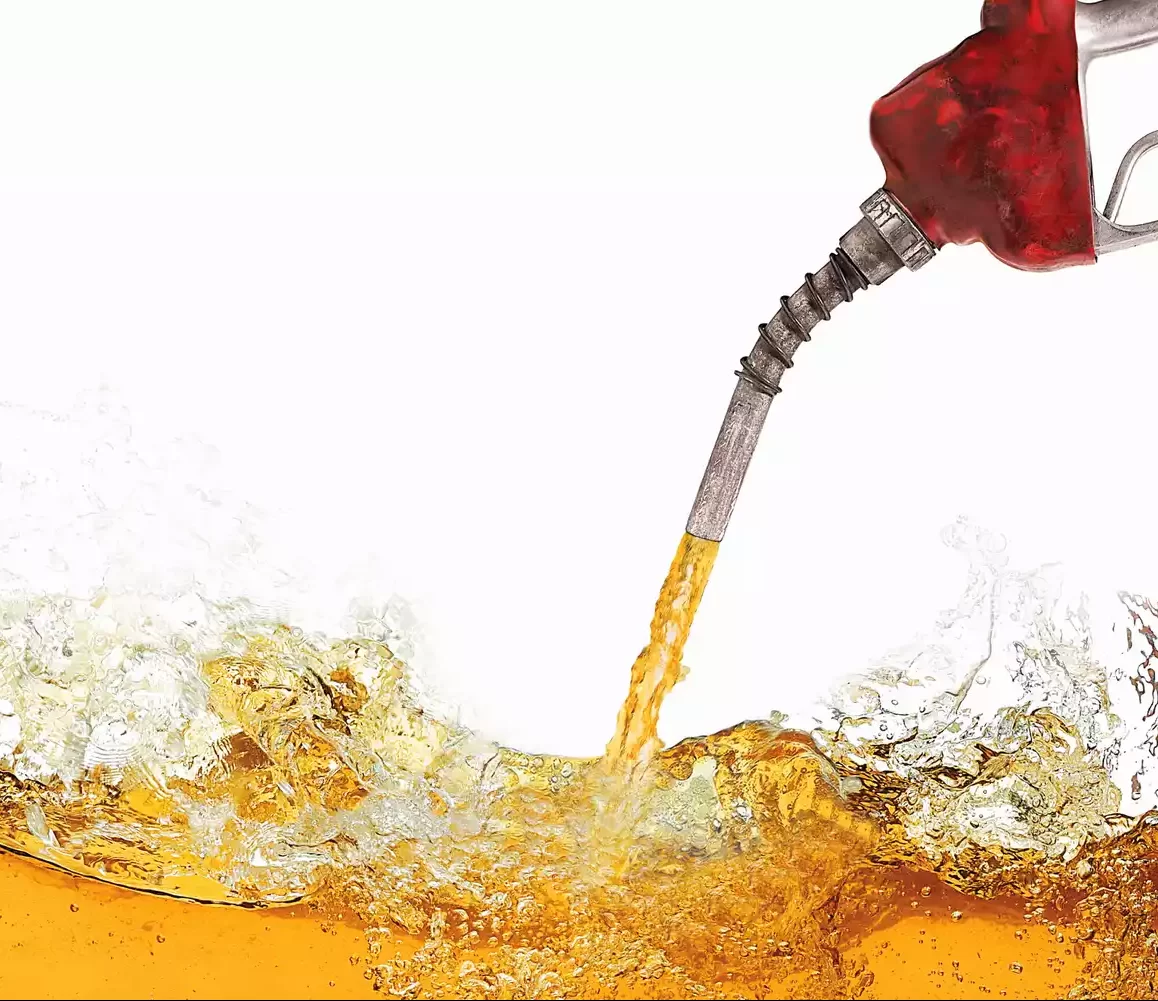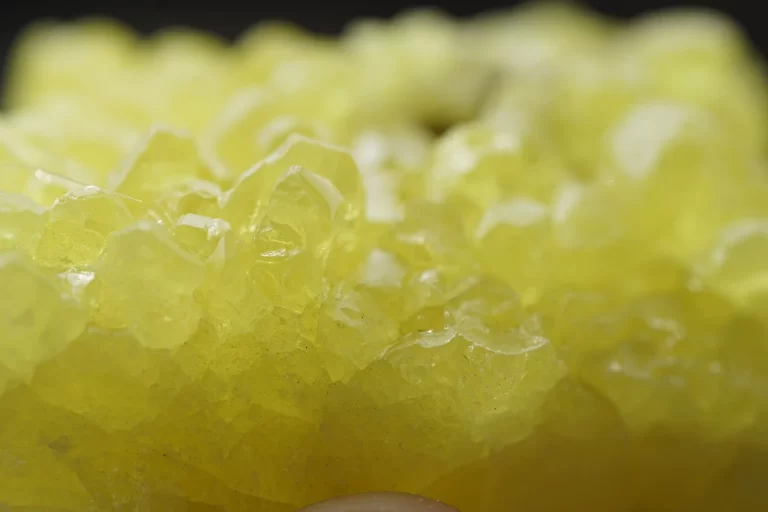NATURAL GAS TESTING
NATURAL GAS, LPG, NGLs AND MORE
WHY TEST NATURAL GAS?
Natural gas contains many components across the hydrocarbon spectrum. It also can contain impurities that can cause damage to equipment, be harmful to employees and neighbors and also reduce the ability to transport without abatement. V-TIC Services specialty laboratories offer a full range of analytical testing and analysis of natural gas. Our detailed analysis ranges from hydrocarbon composition to detection of trace impurities. Natural gas impurities include sulfur, carbon monoxide, carbon dioxide, oxygen, mercury, hydrogen, nitrogen, water, and many more contaminants.
Our end-to-end service supports analysis across the entire natural gas value chain including production, processing, transportation, storage, transfer, distribution and more. Some of the industries we service include:
- Gas field wellheads
- Pipelines
- Processing plants
- Liquefaction facilities
- Gas turbines
- Gas storage
- Shipping
- Traders
- Utilities
THE V-TIC DIFFERENCE
V-TIC Services is located in key natural gas production and transportation centers, enabling our customers to experience the V-TIC difference locally.
By analyzing your Natural Gas with state of the art Gas Chromatography, you can learn the composition of your gas and be 100% confident every time.
GAS CHROMATOGRAPHY for natural gas
V-TIC’s advanced gas chromatography techniques offer comprehensive analysis of natural gas composition, catering to the diverse needs of oil and gas companies.
Gas chromatography is the process of separating compounds in a mixture by injecting a gaseous or liquid sample into a mobile phase, typically called the carrier gas, and passing the gas through a stationary phase. The mobile phase is usually an inert gas or an unreactive gas such as helium, argon, nitrogen or hydrogen.
After injection into the GC inlet, the chemical components of the sample mixture are first vaporized, if they aren’t already in the gas phase. For low concentration samples the whole vapour cloud is transferred into the analytical column by the carrier gas in what is known as splitless mode. For high concentration samples only a portion of the sample is transferred to the analytical column in split mode, the remainder is flushed from the system through the split line to prevent overloading of the analytical column.
Once in the analytical column, the sample components are separated by their different interactions with the stationary phase. Therefore, when selecting the type of column to use, the volatility and functional groups of the analytes should be considered to match them to the stationary phase. Liquid stationary phases mainly fall into two types: polyethylene glycol (PEG) or polydimethylsiloxane (PDMS) based, the latter with varying percentages of dimethyl, diphenyl or mid-polar functional groups, for example cyanopropylphenyl. Like separates like, therefore non-polar columns with dimethyl or a low percentage of diphenyl are good for separating non-polar analytes. Those molecules capable of π-π interactions can be separated on stationary phases containing phenyl groups. Those capable of hydrogen bonding, for example acids and alcohols, are best separated with PEG columns, unless they have undergone derivatization to make them less polar.
The final step is the detection of the analyte molecules when they elute from the column. There are many types of GC detectors, for example: those that respond to C-H bonds like the flame ionization detector (FID); those that respond to specific elements for example sulfur, nitrogen or phosphorus; and those that respond to specific properties of the molecule, like the ability to capture an electron, as is used with the electron capture detector (ECD).
Learn more: Modern Analytical Chemistry and Technology Networks
THE BENEFITS OF COMPOSITIONAL ANALYSIS
Quality Assurance
Accurate determination of natural gas composition ensures adherence to quality standards, guaranteeing optimal performance for various applications
Resource Evaluation
Precise compositional analysis aids in assessing reserves, facilitating informed decision-making in extraction and resource management strategies
Regulatory Compliance Assurance
Our testing services help companies meet regulatory requirements by ensuring natural gas composition complies with mandated specifications and permissible impurity levels. Whether this is for North Dakota DEQ, NDIC, BLM or EPA requirements, we are ready to ensure your gas testing challenges are met
Process Optimization
Detailed composition data enables fine-tuning of processing parameters, maximizing efficiency and yield in extraction and refining operations
Safety Compliance
Identification and quantification of hazardous compounds such as hydrogen sulfide support safety protocols, safeguarding personnel and infrastructure
Market Differentiation
Understanding the unique composition of natural gas from different sources allows companies to tailor marketing strategies and target specific customer segments effectively
Environmental Impact Assessment and Air Emissions
Our analysis aids in evaluating the environmental footprint of natural gas production and consumption, supporting sustainable practices and emissions mitigation efforts, including greenhouse gases (GHG), calculation of Volatile Organic Compounds (VOC), Hazardous Air Pollutants (HAP), and BTEX components
Innovation Support
Gas chromatography forms the backbone of our research and development initiatives, facilitating advancements in extraction, processing, and utilization technologies
METHODS FREQUENTLY USED
| METHOD NUMBER | DESCRIPTION |
|---|---|
| GPA 2261 | Analysis of Natural Gas by Gas Chromatography (GC) C6+ |
| GPA 2286 | Extended Natural Gas Analysis by Gas Chromatography (GC), BTEX and C10+ |
| ASTM D1945 | Analysis of Natural Gas including Benzene, Hydrogen (H2), Carbon Monoxide (CO), Carbon Dioxide (CO2), Nitrogen (N2), and Oxygen (O2) |
| ASTM D5504 | Determination of Sulfur Compounds in Natural Gas (Sulfur Speciation) |
| ASTM D5454 | Water Vapor Content of Natural Gas (Moisture Analysis and Dew Point Analysis) |
| GPA 2377 | On-Site H2S Analysis by Stain Tube |
| GPA 2166 | Obtaining Natural Gas Samples That Accurately Represent the Gas Streams |
| GPA 2145 | Calculation of Physical Properties |
| ASTM D3588 | Standard Practice for Calculating Heating Value from Compositional Analysis |
| ASTM D4891 | Procedure for Measuring the Heating Value of Gas on a Continuous Basis |
NGLs and the Midstream Supply Chain
Natural Gas Liquids (NGL) are hydrocarbons that are removed or condensed from Natural Gas. NGLs are then kept in a liquid state for storage, shipping, and usage. NGLs are usually considered to be a part of the Midstream sector of the Oil and Natural Gas Industry. In Midstream sector NGLs go from production to marketable products such as ethane, propane, and butane. The key parts of this process are Gathering & Processing, Storage, and Transportation.
The gathering and processing part of the NGL supply chain is where valuable products are recovered and impurities are removed via processes including fractionation, dehydration, vaporization, and compression. The NGL is then transported for additional processing, storage and use. NGL is transported by pipeline, rail, truck, and ship, with pipeline transportation being the most widely used.
CHALLENGES FOR THE MIDSTREAM SECTOR
Demand for US NGL is at an all-time high as natural gas has been effective in lowering emissions thus reducing carbon footprint, and advancements in technology have improved safety, environmental impact and efficiency. Some of the challenges that Midstream companies face are government regulation, increased competition which affects profit margin, and infrastructure issues, such as lack of pipeline capacity and aging infrastructure.
Safety advancements in the areas of pipeline corrosion technologies, monitoring programs, and leak detection have made transportation by pipeline one of the safest means of NGL transportation. NGL and Natural Gas Pipelines are routinely monitored for impurities that can cause corrosion. These impurities include H2S, CO2, N2, and moisture. As the midstream market becomes more competitive, companies have increased their R&D efforts to improve NGL quality, advance technologies, reduce emissions, and maintain adherence to government regulations.
HOW V-TIC SERVICES CAN HELP
PRECISION AND COMPLIANCE
Our laboratory ensures meticulous adherence to ASTM standards, guaranteeing accurate results essential for regulatory compliance
EXPERTISE AND EXPERIENCE
Backed by a team of seasoned professionals and cutting-edge equipment, we deliver reliable analysis tailored to your every needs
TIMELY AND EFFICIENT SERVICE
We understand the urgency of compliance requirements. Our streamlined processes ensure prompt delivery of results without compromising accuracy
RIGOROUS QUALITY CONTROL
We prioritize stringent quality control and assurance measures throughout our sampling and analysis processes. Our laboratory and field team regularly calibrates and validates equipment to ensure reliable and consistent results
LOCATED WHERE YOU ARE
Our Williston, North Dakota laboratory has been part of our community since the 1950’s. This has enabled our field and laboratory team to service our oil and gas customers from a convenient location in the heart of the Bakken and the rest of the country





